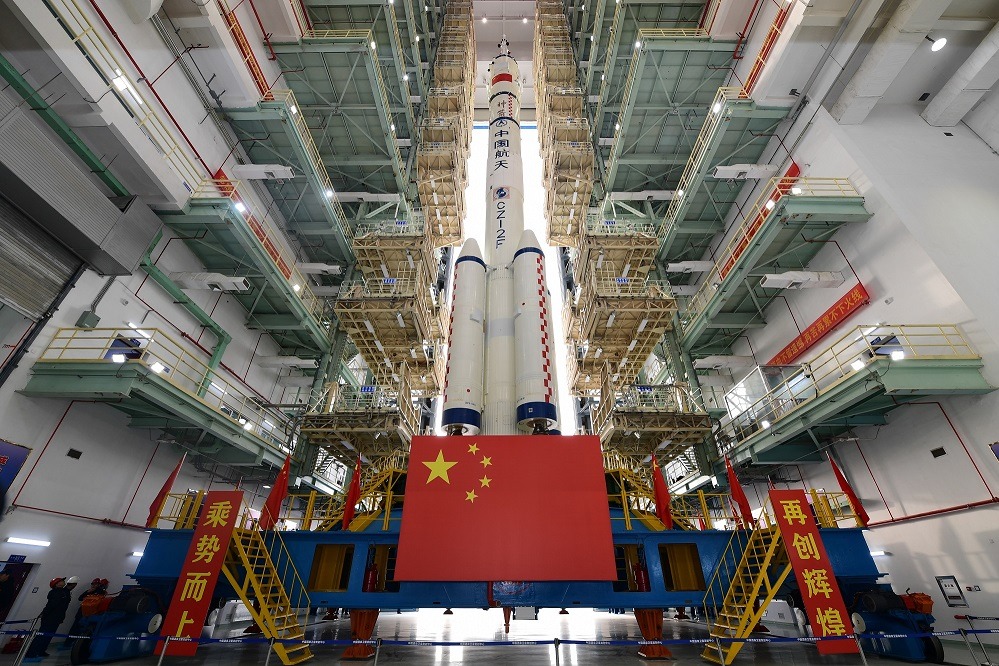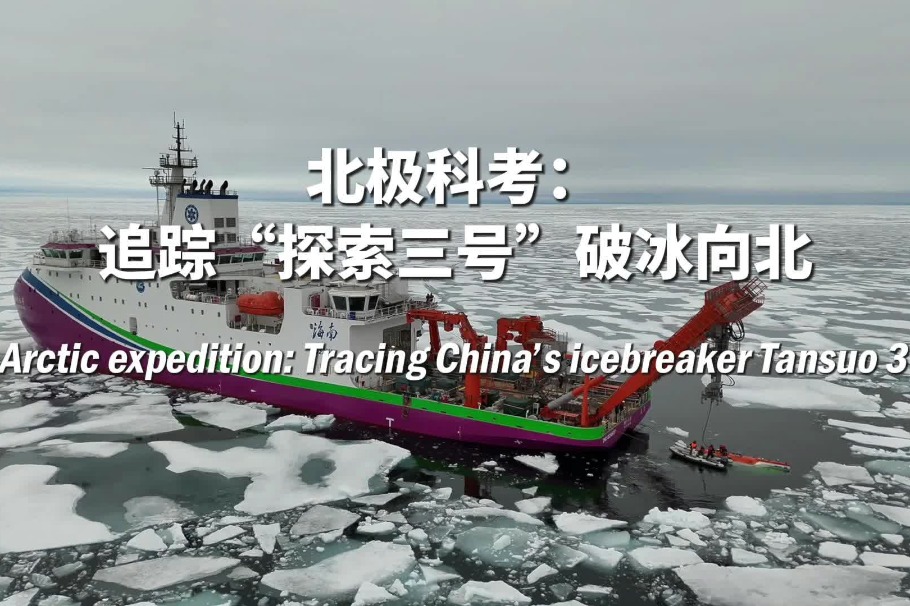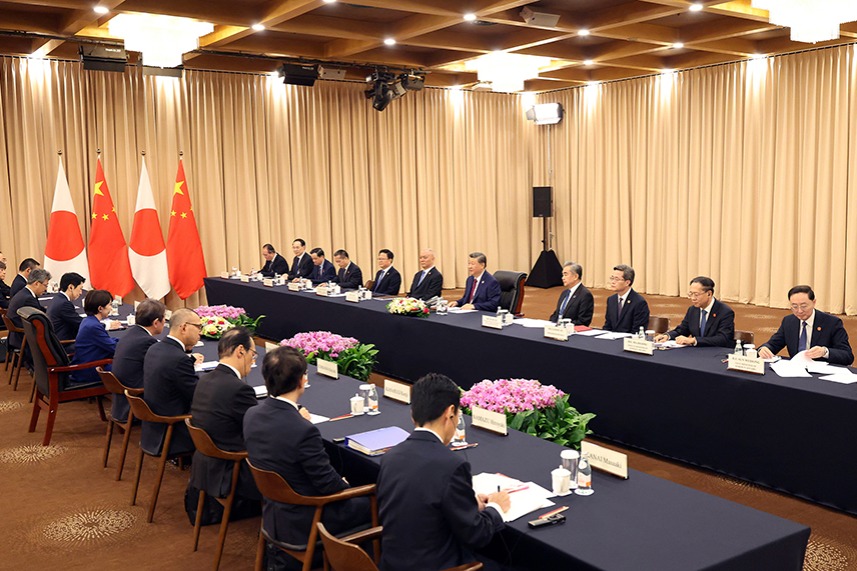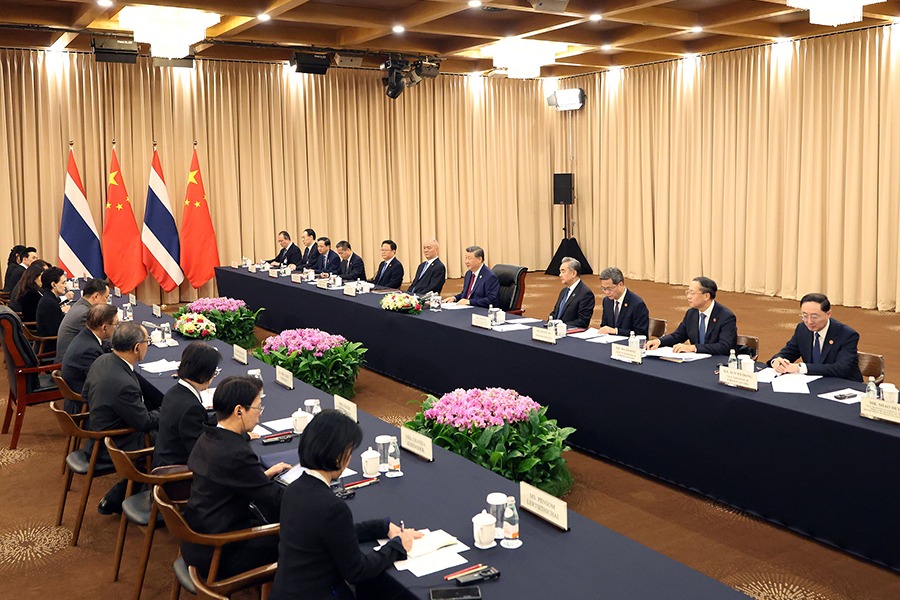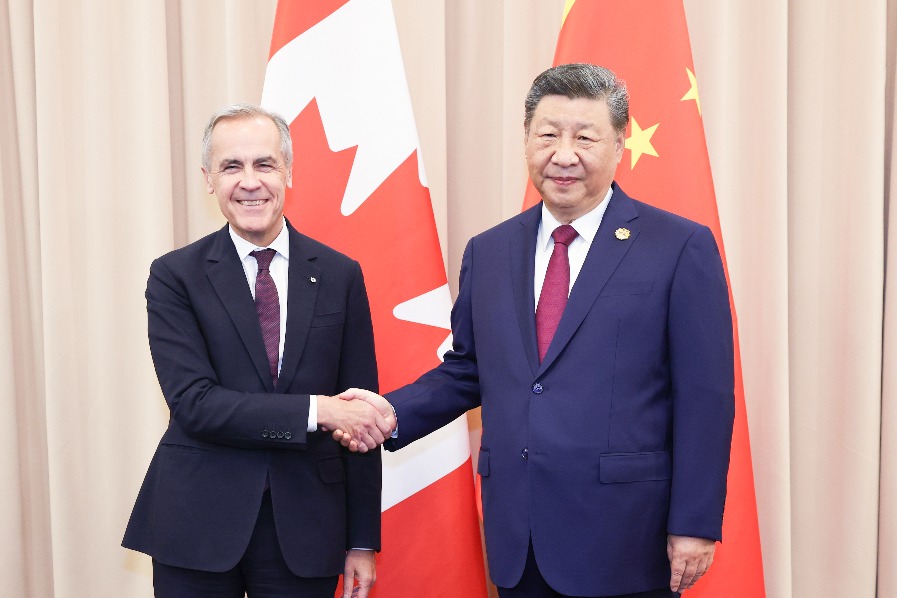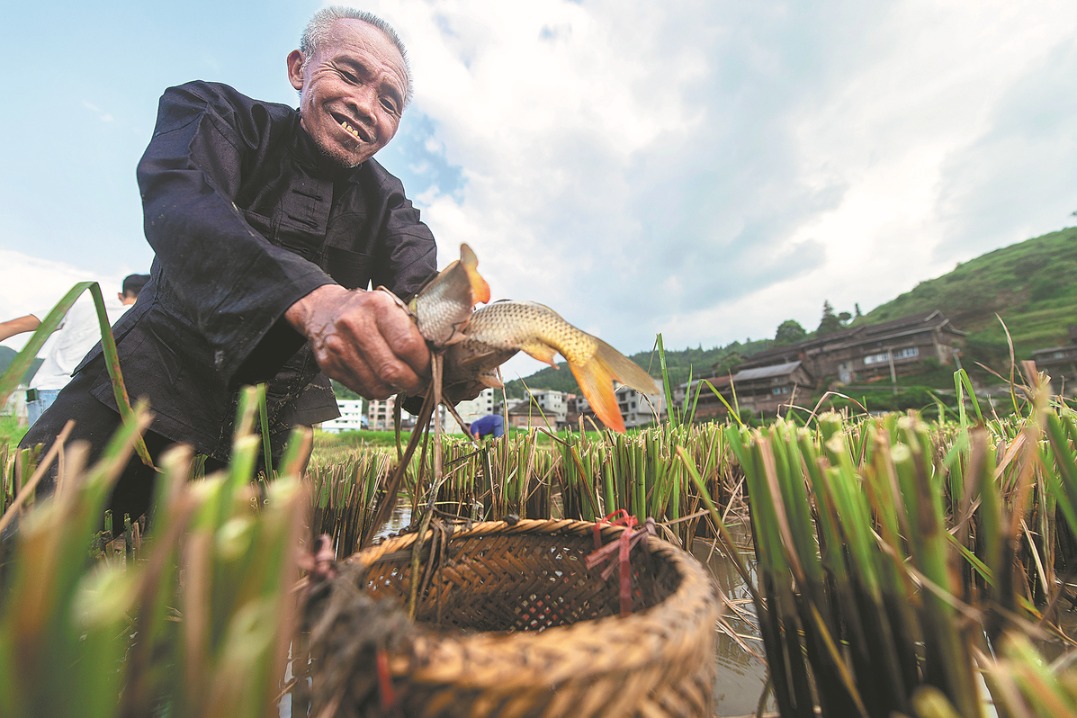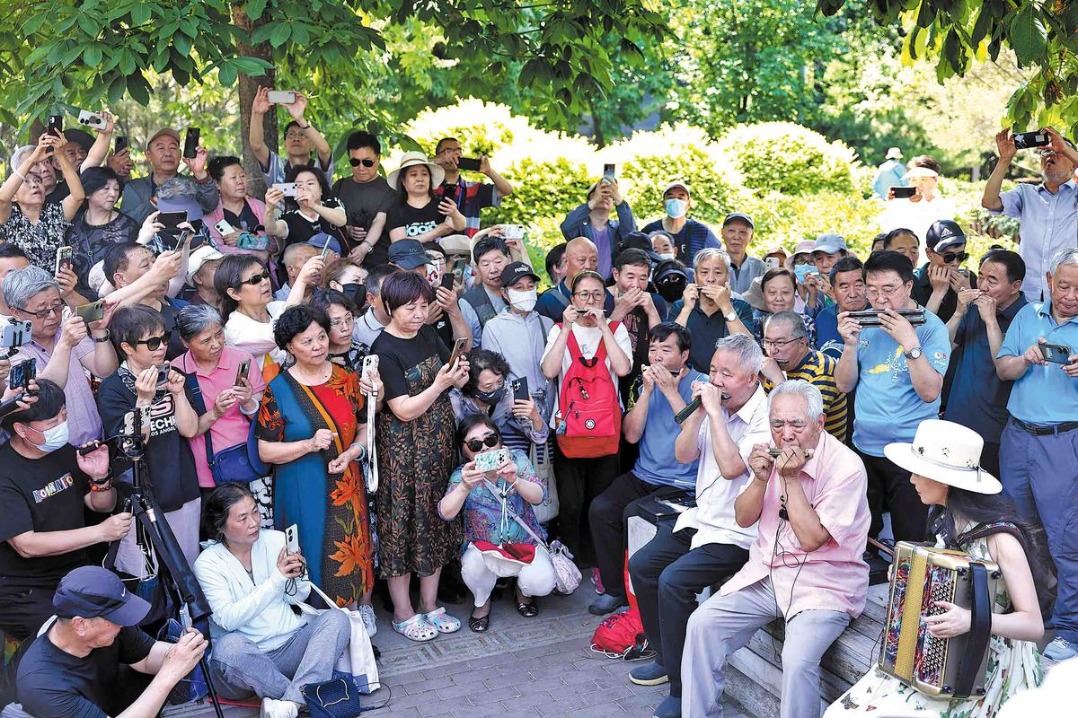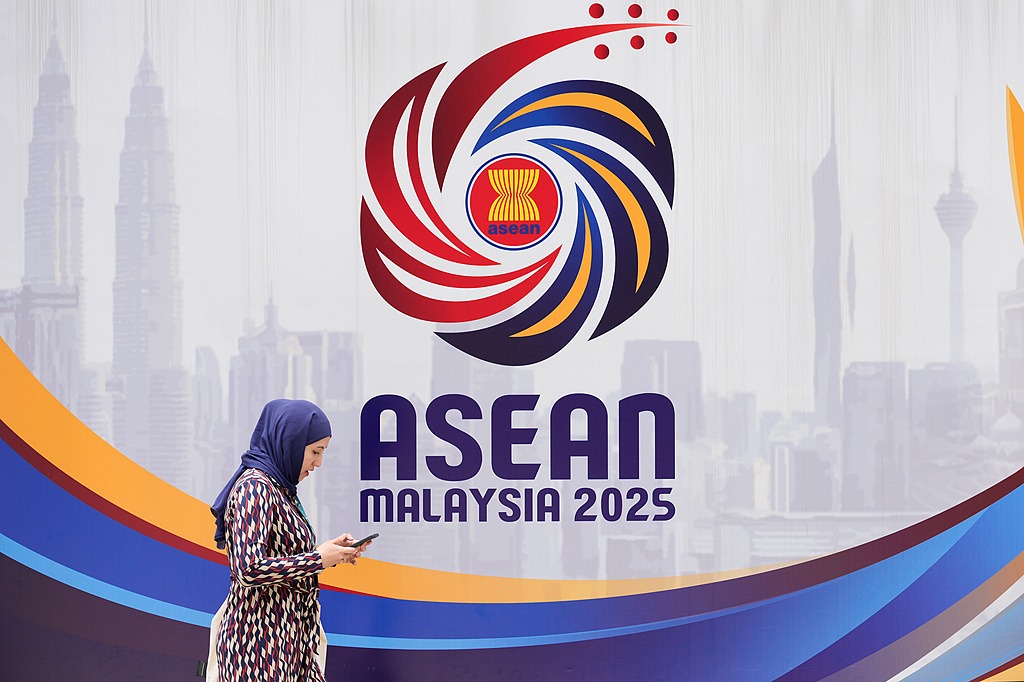Call for openness and inclusivity for dynamic Asia-Pacific: China Daily editorial

When the Asia-Pacific Economic Cooperation was established more than three decades ago, it was built on the shared belief that openness, cooperation and mutual benefit could transform the region into a community of shared prosperity. That conviction powered the "Asia-Pacific miracle", turning the region into the most dynamic part of the global economy.
Yet the region is not impervious to the turbulent currents of global transformation buffeting the world today. The five-point proposal President Xi Jinping put forward at the first session of the 32nd APEC Economic Leaders' Meeting in Gyeongju, the Republic of Korea, on Friday therefore provides a timely prescription to boost the region's resilience.
His proposal — to safeguard the multilateral trading system, build an open economic environment in the region, keep industrial and supply chains stable and smooth, advance the digital and green transformation of trade, as well as promote universally beneficial and inclusive development — provides a clear modus operandi for upholding APEC's original mission of promoting economic growth and improving people's well-being.
A blueprint for building an Asia-Pacific community with a shared future, the proposal presents a mutually reinforcing framework: A fair and effective multilateral trading system cannot function without openness; open regional cooperation depends on stable and resilient supply chains; supply chains, in turn, must evolve in line with the digital and green transformation; and all these efforts must ultimately serve inclusive and equitable development.
President Xi's proposal thus integrates the immediate needs of recovery with the long-term goals of common development and shared prosperity. It is aimed at fostering economic globalization that is more inclusive, sustainable and beneficial to all peoples in the region.
At a time when protectionism and unilateralism are eroding trust and fragmenting the world economy, President Xi's emphasis on safeguarding the multilateral trading system with the World Trade Organization at its core is both timely and essential. It is indicative of China's determination to ensure that global trade remains rules-based, fair and beneficial to all — especially developing economies.
Equally important is Xi's call to enhance the durability of the region's industry and supply chains, which are the arteries of commerce. The past few years have shown how easily they can be disrupted. Xi's appeal for economies to "join hands rather than part ways" reflects his profound understanding that cooperation, not fragmentation, is the key to security and prosperity. China's support for initiatives such as the APEC Connectivity Blueprint for 2015-25 continues to strengthen both physical and digital connectivity across the region.
Digitalization and green transformation, another core element of Xi's vision, are the injectors of new vitality into regional growth. By championing initiatives such as the APEC Green Supply Chain Cooperation Network and the APEC Model E-port Network, China is helping the region seize the opportunities of technological change while addressing environmental challenges. Digital and green cooperation not only makes trade smarter and cleaner, but also bridges the development gaps in the region.
At a time when some economies are intent on pursuing and instigating decoupling and bloc confrontation, China continues to build bridges of connectivity — through trade, investment and innovation.
Openness, as Xi has emphasized, is the lifeline of the Asia-Pacific cooperation. China's commitment to advancing regional integration through platforms such as the Regional Comprehensive Economic Partnership and its efforts to generate momentum for the construction of the Free Trade Area of the Asia-Pacific underscore its determination to keep markets open and cooperation inclusive.
This reflects not only China's resolve to safeguard its national interests but also its shouldering of its responsibility as a major power to uphold stability and predictability in the international economic order.
Both history and today's realities demonstrate that partnership, not rivalry, is the foundation of shared progress. The future stability of the Asia-Pacific depends on ensuring that development leaves no one behind. Ultimately, all of Xi's suggestions are rooted in the goal of inclusive development.
China's people-centered approach, embodied in initiatives such as the Global Development Initiative and the extension of zero-tariff treatment to least developed countries, reflects its belief that growth must benefit all economies and peoples.
As the world's second-largest economy, China is both a contributor to and a beneficiary of regional prosperity. The recommendations approved at the fourth plenary session of the 20th Communist Party of China Central Committee for reform, innovation and high-quality development will ensure that China's modernization over the next five years and beyond will continue to create new opportunities to be seized.
Indeed, partnering with China means embracing opportunities, believing in China means being optimistic about tomorrow, and investing in China means investing in the future, as President Xi told the APEC CEO Summit on Friday.
As the Asia-Pacific region prepares for another transformative decade, APEC members should embrace the vision of openness, inclusiveness and cooperation that President Xi presented. By safeguarding multilateralism, deepening integration and advancing sustainable growth, the region can build an Asia-Pacific community with a shared future — one that contributes not only to regional prosperity, but to peace and progress for all humanity.

















